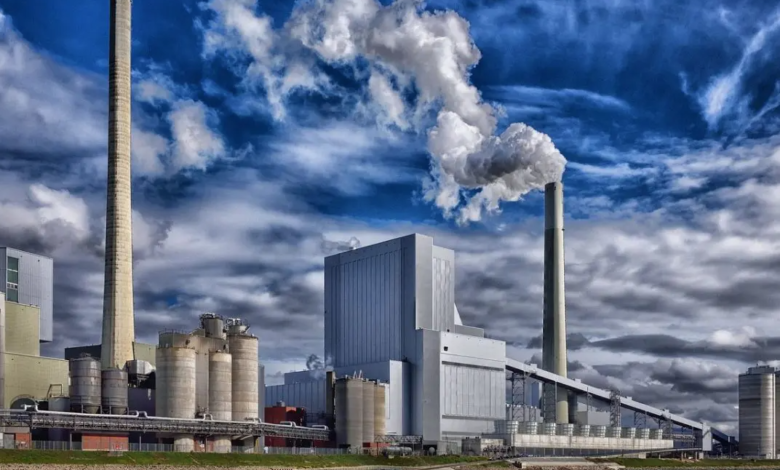The European ETS reform passes: all the news

The reform of the ETS previews the phase out of the quotas free within 2034
(sustainabilityenvironment.com) – The industrial sectors covered by the carbon market -enlarged for the first time also to maritime transport- will have to cut emissions by 62% by 2030, compared to 2005 values. It is the new target set with the Eu ETS reform just approved definitively by the Council and Parliament. Which also provides for the phasing out of free carbon quotas, starting in 2026 with 2034 horizon. And the creation of a ‘twin’ of the European CO2 trading system that also covers emissions from cars and buildings, but only from 2027.
Cut emissions, what the ETS reform provides
The 62% target is a compromise between the demands of Parliament (63%) and the Council (61%). Between 2005 and 2021, more than 10,000 plants in the energy sector and heavy industry subject to the European ETS have reduced their greenhouse gas emissions by 42.8%. Without strengthening the carbon market scheme, it would have reached just -51% by the end of the decade.
For this reason, the other essential elements of the ETS reform include an increase in the annual reduction rate of permits traded on the market. The linear reduction factor, in fact, rises to 4.3% between 2024 and 2027 and then again by a decimal, to 4.4%, between 2028 and 2030. There will then be two ‘one-off’ large quota withdrawals: one from 90 Mt CO2e in 2024 and one from 27 Mt two years later. In parallel, the ‘frozen’ quotas in the market stability reserve will continue to increase every year: Loans will be withdrawn at an accelerated rate up to a ceiling of 400 million allowances.
Finally, the thorny chapter of free quotas. Before the reform of the ETS, it was precisely the free permits that undermined the effectiveness of the European carbon market, allowing certain major polluters to continue almost undisturbed, without incentives to decarbonize. The roadmap established by the final agreement foresees that 2.5% of free allowances will be eliminated in 2026, 5% in 2027, 10% in 2028, 22.5% in 2029, 48.5% in 2030, 61% in 2031, 73.5% in 2032, 86% in 2033, up to 100% in 2034.
The ETS II and other new features
The parallel ETS will not be born until 2027, a year later than the Commission originally proposed in July 2021. The reform of the ETS -the key piece of the legislative package Fit for 55- has been adapted to the current situation of crisis in energy prices and uncertainties for the near future, still managing to maintain the proposal for a new carbon market dedicated to the emissions generated by the use of fuels in road transport, heating of buildings and manufacturing. It was not obvious: introducing this system means increasing costs for citizens and SMEs.
The ETS reform therefore provides for two flexibility mechanisms for ETS II. The date of entry into force could be delayed by a year if energy prices are still considered too high. And if the cost of quotas exceeds 45 euros, 20 million new quotas will be placed on the market.
In addition, a 86.7 billion Social Climate Fund is set up to help families, micro-enterprises and those who have a car if the new measures put in difficulty. With three clauses: aid cannot support fossil fuels, must respect the principle of ‘not causing significant harm’, and aid in the form of direct income support must not exceed 37,5% of the total for each country. The Fund has grown compared to the initial proposal, which stands at 77 billion. The Fund will cover long-term structural investments, including the renovation of buildings, decarbonisation solutions and the integration of renewable energy, purchasing and infrastructure for zero and low emission vehicles, as well as the use of public transport and shared mobility services.
To increase the rate of innovation and cohesion within the EU, the reform plans to increase the budget of the Innovation Fund -dedicated to the development of innovative technologies for decarbonisation- from 400 to 575 million shares as well as that of the Modernisation Fund, for countries with GDP below 75% of the EU average. About 47 million permits will instead be available to gather additional resources to cover the risk of carbon leakage -flight abroad of industries- with the entry into force of the carbon adjustment mechanism at the border (CBAM).





